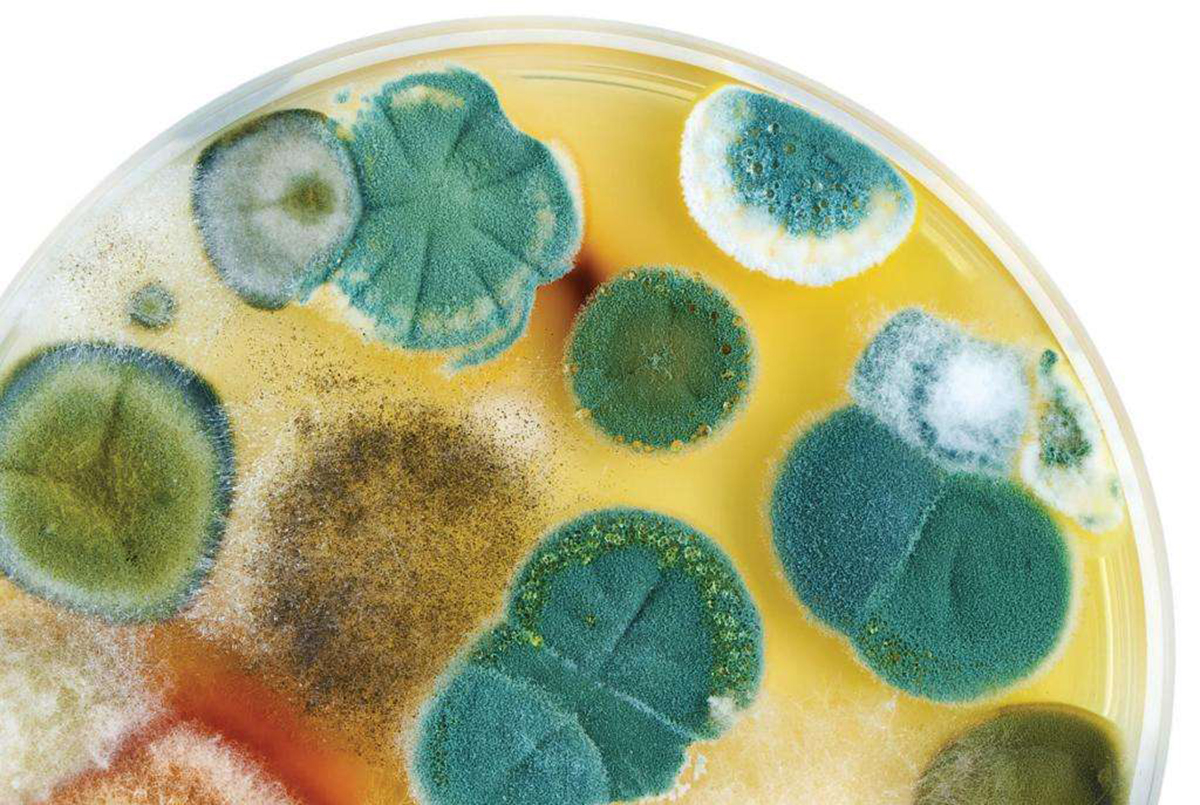
Kind of fungus, that can be found almost everywhere which uses the plant or animal matter, like wood, leaves or paper to feed and grow is called mold. Suitable environment for mold to grow is dark and humid place for instance basements or piles of rotting leaves.
We can often see mold on the surface of the food like fluffy green area that appears on the bread. Everybody of us gets in contact with the mold almost every day and nothing happens. Mold can be eaten with food where mold is not yet seen or just inhale mold spores while breathing. But there are people who have allergies to mold and they may react to the fungus.
Symptoms of mold allergies
Rash or hives
Heavy breathing
Stuffy or runny nose
Itchy, watery eyes
Once, when allergy is part of someone's life, wise choice may be not to be exposed to mold and to take care not to eat food with it. Pay attention not to smell moldy food in order not to inhale mole spores. It is known that some groceries are more likely to have mold than the other, like mushrooms,cheese, catchup or pickles, sour milk, sour cream, and buttermilk, foods made with ferment, canned juices, hot dogs, sausages, soy sauce etc.
Complications
In many cases mold allergies are mild and may trigger hay fever-type symptoms that can make you feel bad but not serious. Then again there are some allergic stages that are serious. Mold can induce asthma and if it is the case with you, highly recommended is to have plan for emergency.
Allergic fungal sinusitis
In this case of allergies, fungus settles and grows in the sinuses. Sometimes it is needed to have surgery in order to clean even small infection.
Allergic bronchopulmonary aspergillos is an infection of the lungs and happens to people with asthma or cystic fibrosis.
Hypersensitivity pneumonitis is an infection which involves lung inflammation caused by fungus.
Other problems caused by mold
Not long ago it was found that some of mold may origin exhaustion, headache, nausea, fever, rashes and coughing and even bleeding in lungs in infants.
If working in dirty environment it is clear that there is possibility of getting respiratory symptoms together with sneezing, runny nose, throat irritation, cough and nasal congestion. It is well known that mold can cause allergy, but it is also known that in the old buildings it can be found other possible sources for similar symptoms, like various chemicals which can be released from different materials, or different type of bacteria.
If you are exposed to mold a lot nonallergic complications in people with weakened immune system are possible. If you're healthy, you can bare exposure to mold, but if you are on chemotherapy or immune suppressing drugs, you may be at risk of becoming infected with mold.



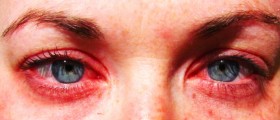
_f_280x120.jpg)




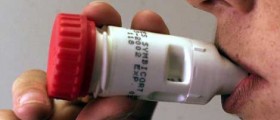


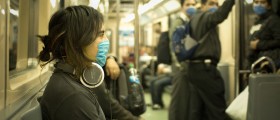
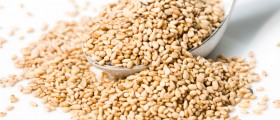

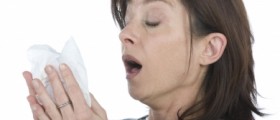

Your thoughts on this
Loading...